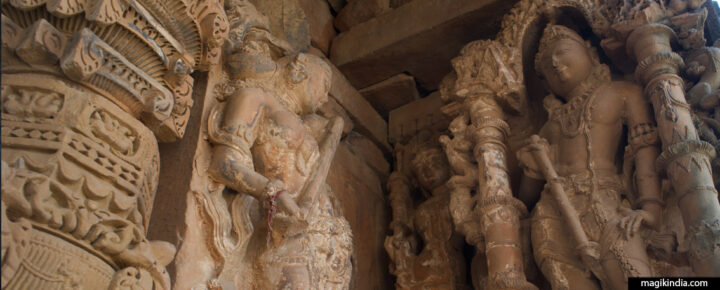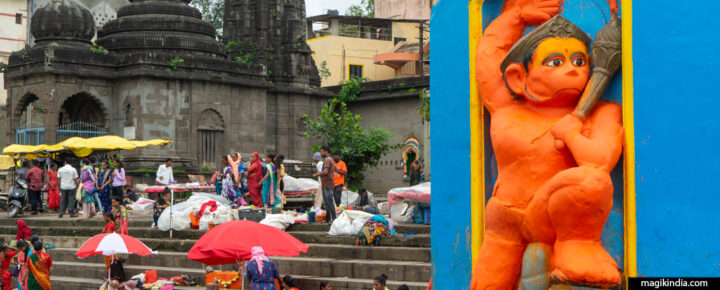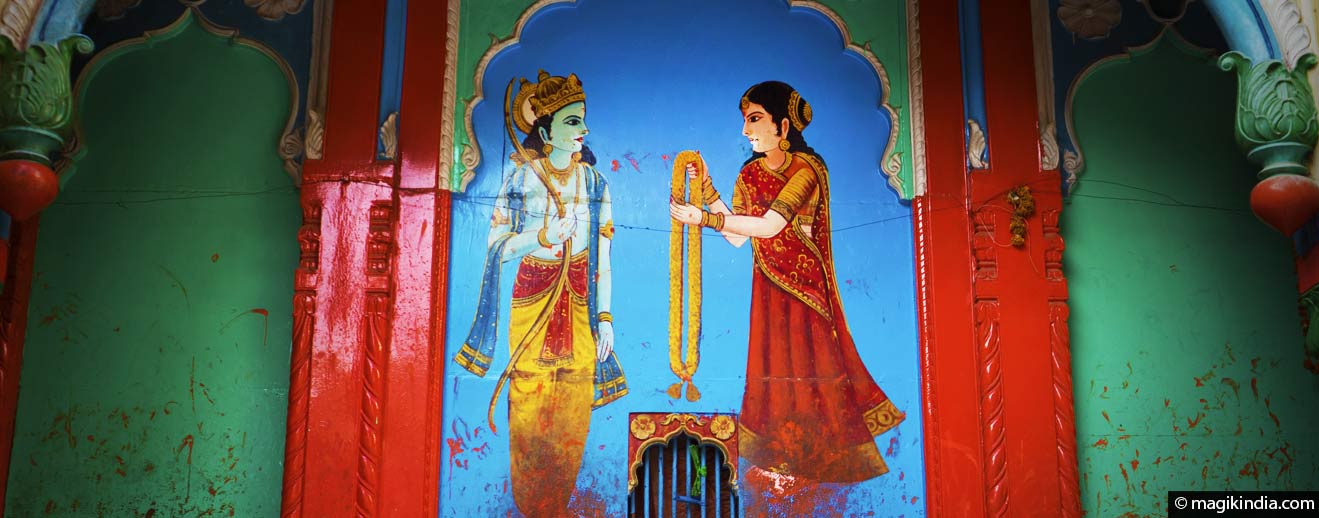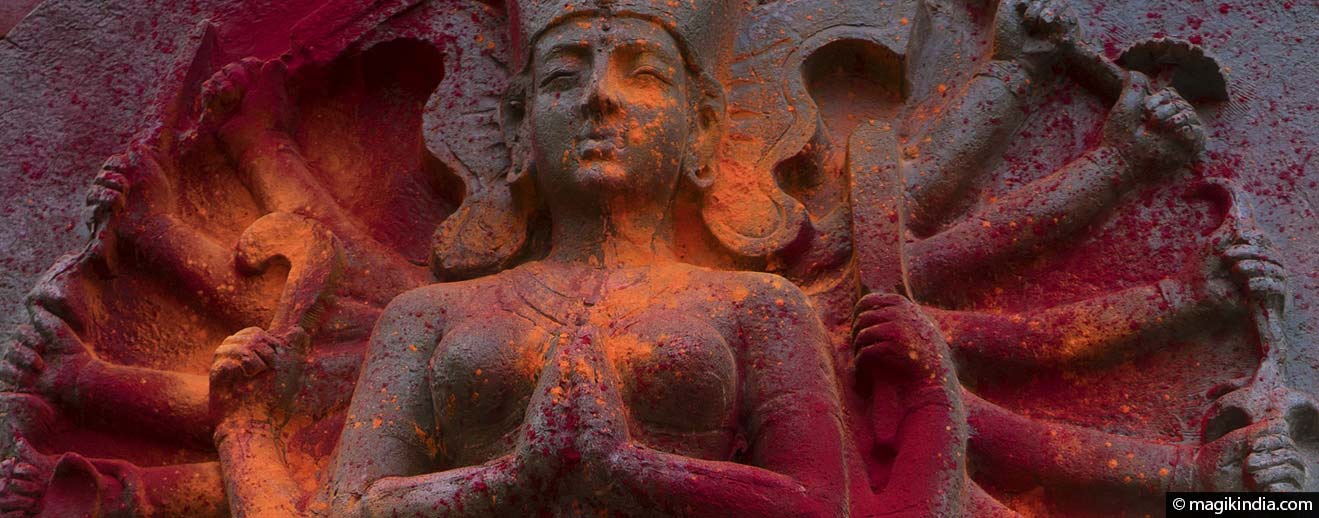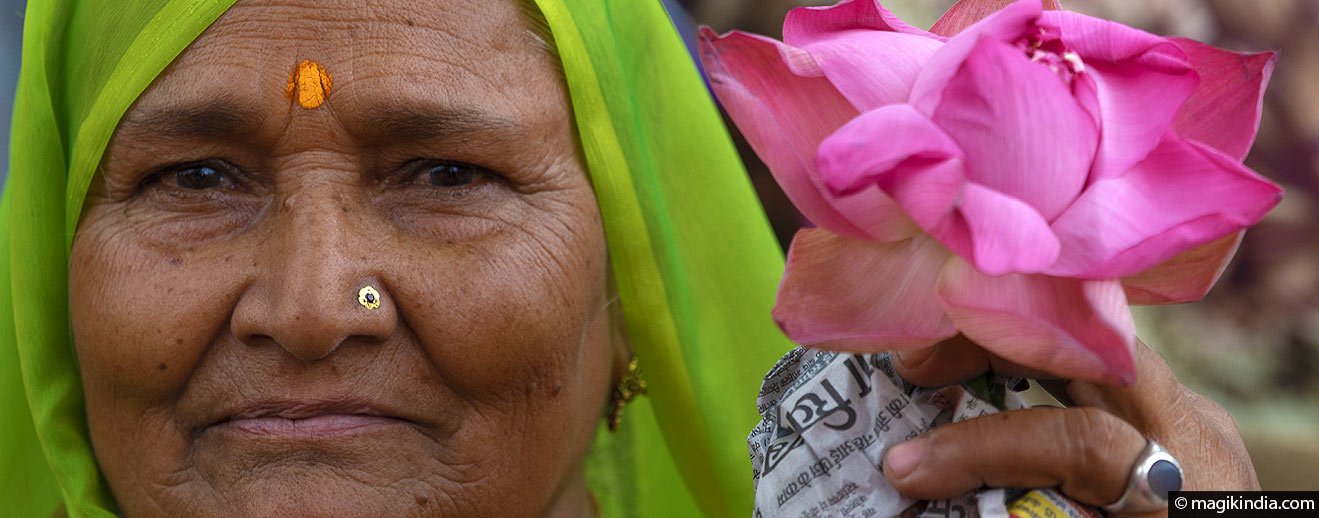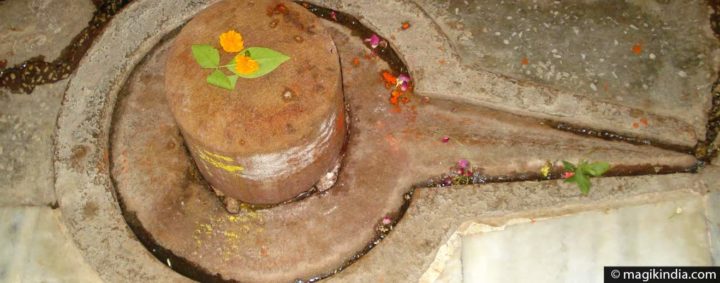
Lohargal, located 30 km from Nawalgarh, is one of the major pilgrimage sites in the Shekhawati region (Rajasthan). Nestled in the heart of the Aravalli Mountains, among century-old banyan and mango trees, the village is home to a temple dedicated to Surya and a sacred pool that attracts large crowds of pilgrims; it is said …

I was visiting Gujarat for the second time. This time I had decided see the coastal region of the Saurashtra peninsula: Diu, Somnath and Dwarka. I don’t know how I ended up in Pingleshwar, I always have the habit of traveling without a guide to leave spontaneity. What I do remember, however, is that it …
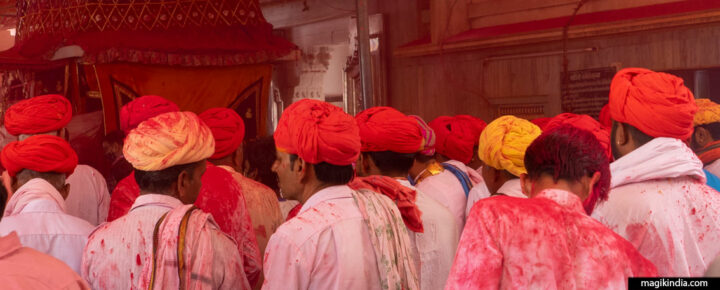
Charbhuja Garhbor is one of the four major Hindu shrines in the Mewar region of Rajasthan along with Shrinathji, Shri Eklingji and Kesariyaji. Located in the charming village of Garhbor about 30 kilometers from Kumbhalgarh Fort, this shrine, cared for by the Gurjar community, has a long history dating back to Vedic times over 5,000 …
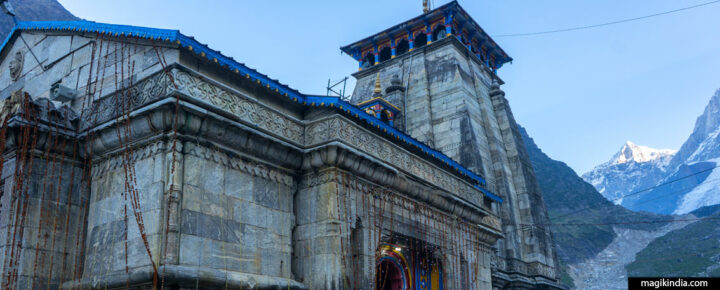
The Himalayan range that surrounds northern India is considered the home of the god Shiva, one of the three gods of the Trimurti (the Hindu trinity). It is therefore not surprising to find there many places of pilgrimage associated with the lord of Mount Kailash. The “Panch Kedar”, in the state of Uttarakhand, are one …
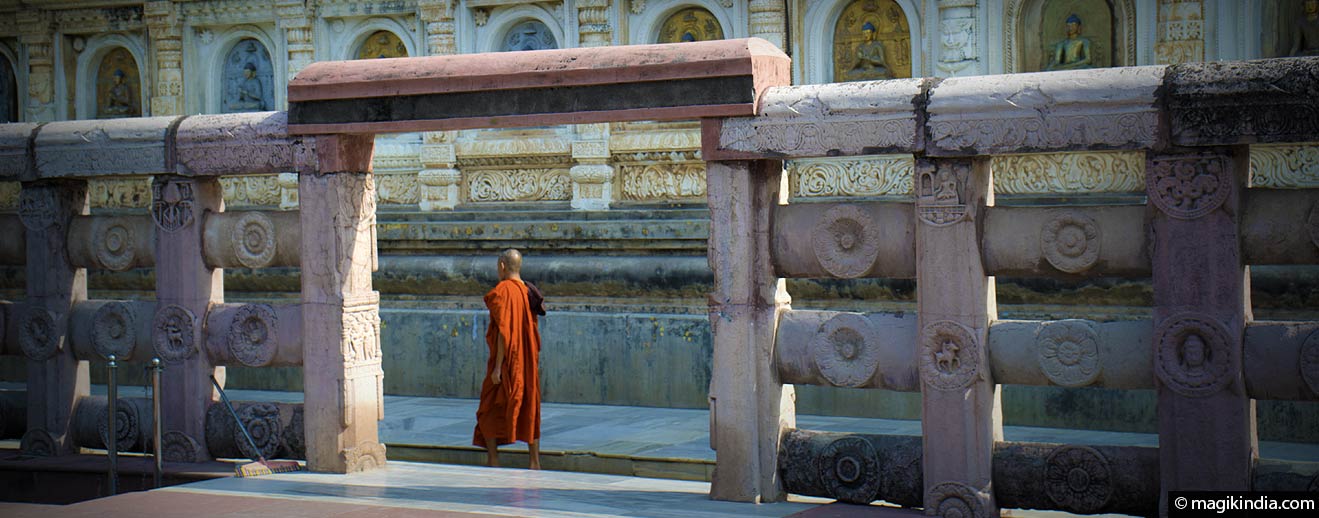
Buddhism has more than 300 million followers around the world, which makes it the 4th religion (or philosophy) after Christianity, Islam and Hinduism. The history of Buddhism begins around the 5th century BC, when Siddharta Gautama, prince of the Shakya kingdom, got enlightened under a ficus tree. Siddharta Gautama then became the ‘Buddha Samyaksam’ or ‘the …

At the age of 29, Siddharta Gautama, Prince of Kapilavastu, abandoned his material and worldly life to find the truth of existence. He went as a wandering hermit and in Bodhgaya, under a ficus tree, Siddharta Gautama became the ‘Buddha’, ‘the one who is awake’. Buddhism, or the philosophy of the middle way, thus began …

Jainism derives from the Sanskrit verb ‘ji’, meaning ‘to conquer’. This refers to the battle that Jain ascetics must fight against material temptations. It is a religion that probably appeared around the 5th century BC. Its origins remain unclear, Jainism has no known founder but it was taught by enlighted teachers called ‘Tirthankaras’ (bridge-builders). There …
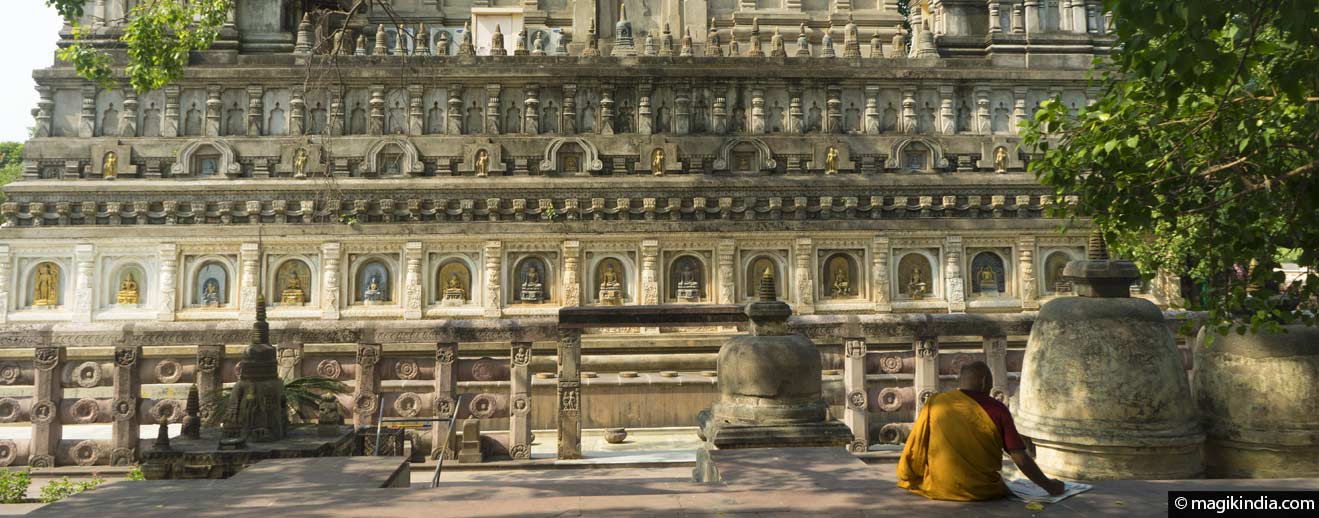
Buddhism has more than 300 million followers around the world, which makes it the fourth religion (or philosophy) after Christianism, Islam and Hinduism. The history of Buddhism begins around the 5th century BC when Siddharta Gautama, prince of the kingdom of Shakya, received a spiritual awakening under a ficus tree. Siddharta Gautama then became the …

The lingam is the symbol of the Hindu god Shiva. There are numerous lingams throughout India, but the twelve Jyotir lingams or ‘lingams of light’ are the holiest and most worshipped of all. Jyoti means ‘light’ and lingam means ‘mark’ or ‘sign’. According to Hindu tradition, the Jyotir lingams pilgrimage washed off bad karma and makes …
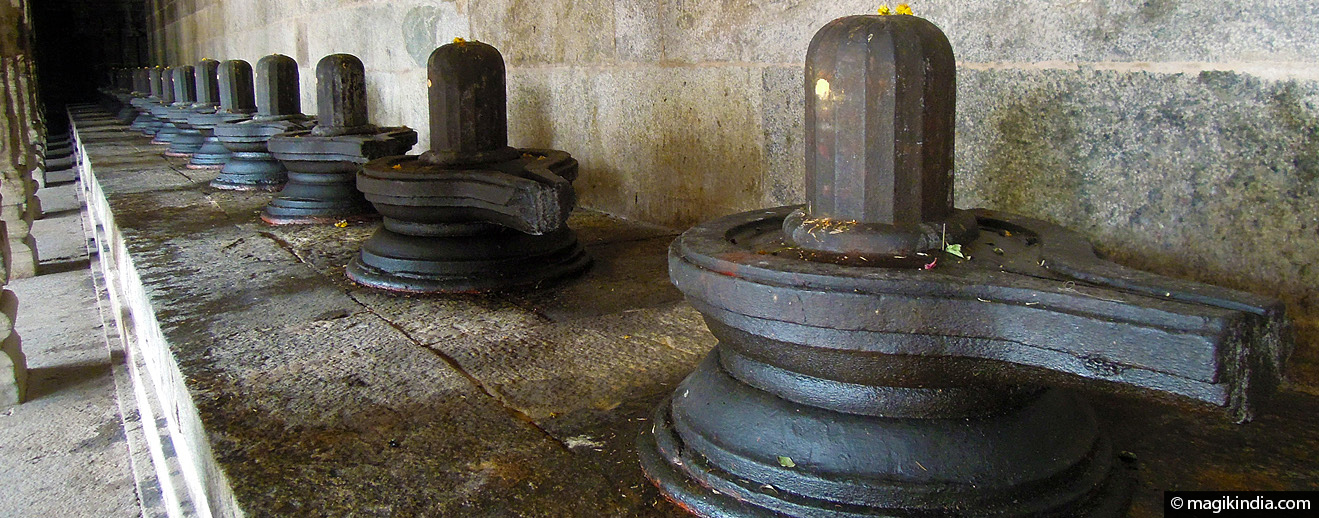
The “Pancha Bhoota Sthalas” refers to the five temples dedicated to the Hindu god Shiva, each of these temples representing the five prime elements of nature; water, air, ether, fire and earth. “Pancha” means five, “Bhoota”, elements and “Sthalas”, place. These temples are all located in the South of India, four in Tamil Nadu and …
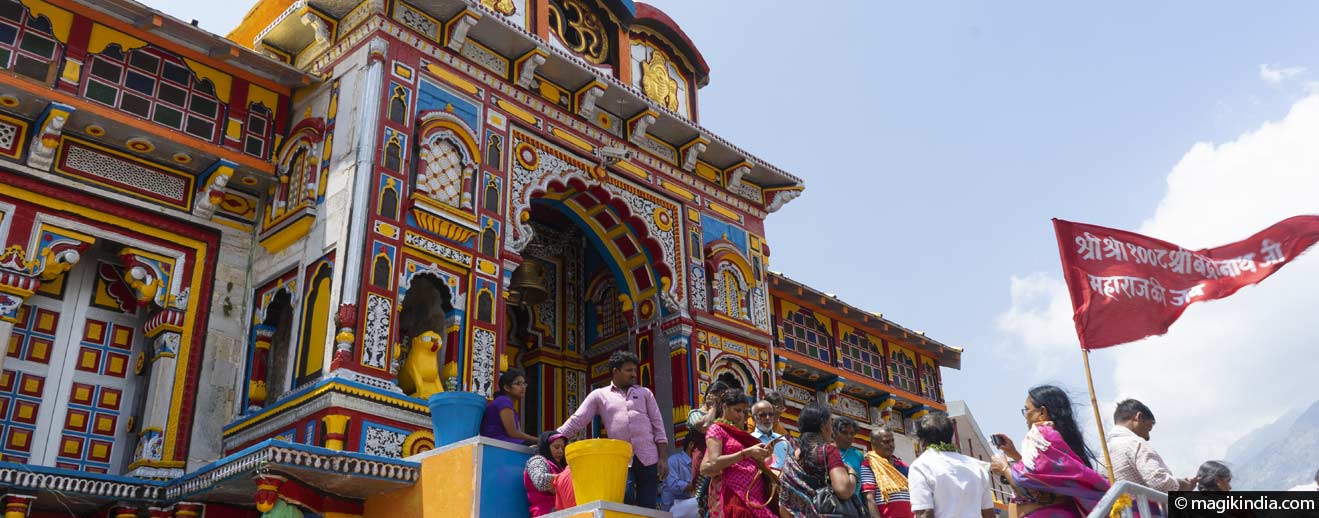
Char Dham, meaning ‘four abodes’, is the pilgrimage circuit around the four most revered pilgrimage sites in all India. These are in Badrinath, Dwarka, Puri and Rameshwaram, located at the four cardinal points of the Indian sub-continent. Hindus believe that a pilgrimage or yatra around the Char Dham cities opens the way to moksha, liberation …
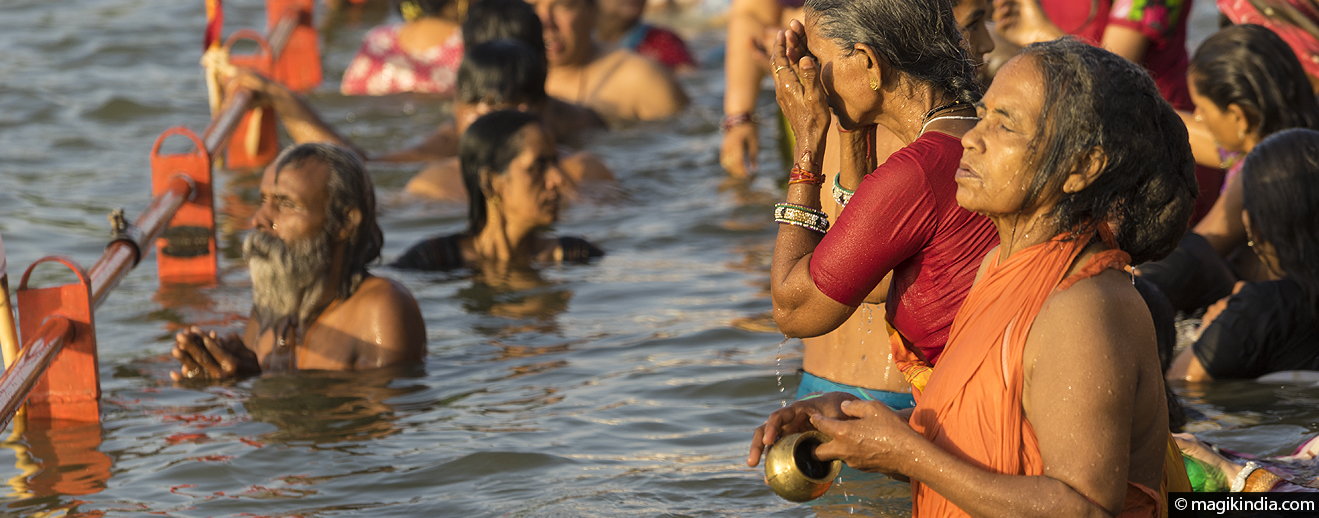
The name Kumbha Mela means “festival of the jar”. It is probably the world’s biggest pilgrimage; gathering up to 100 million people in one place, to bathe in the sacred waters of four holy cities.The belief is that it opens the door to moksha (liberation) and spiritual awakening. A surprising and spectacular event that leaves …


